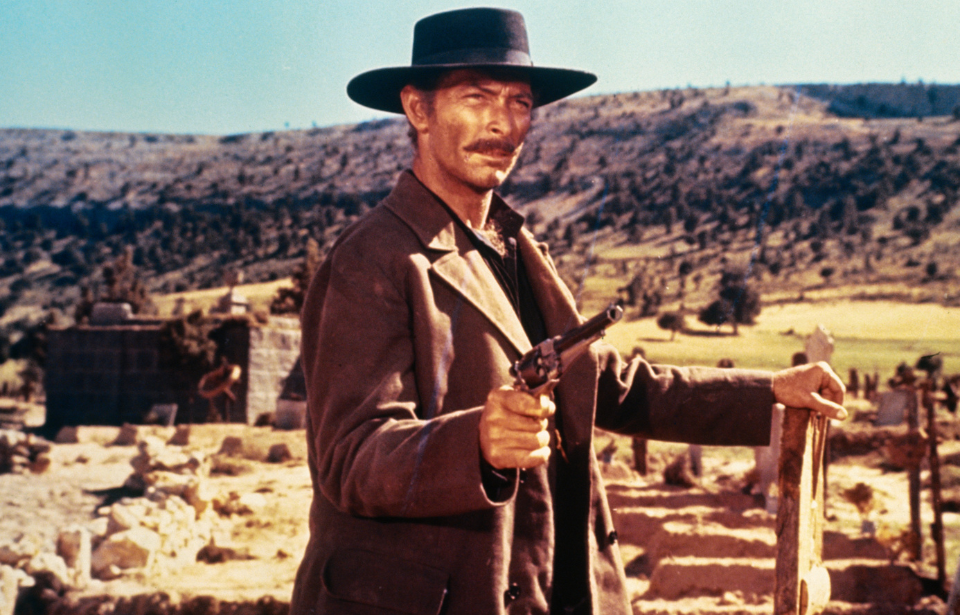Lee Van Cleef rose to prominence during the golden era of Western cinema in the United States. His strikingly chiseled features and unyielding composure typecast him as the archetypal villain. However, beyond his cinematic facade, the actor embodied anything but villainy. He proved himself a fearless hero, bravely serving his nation during the tumult of the Second World War.
Lee Van Cleef’s upbringing and early days
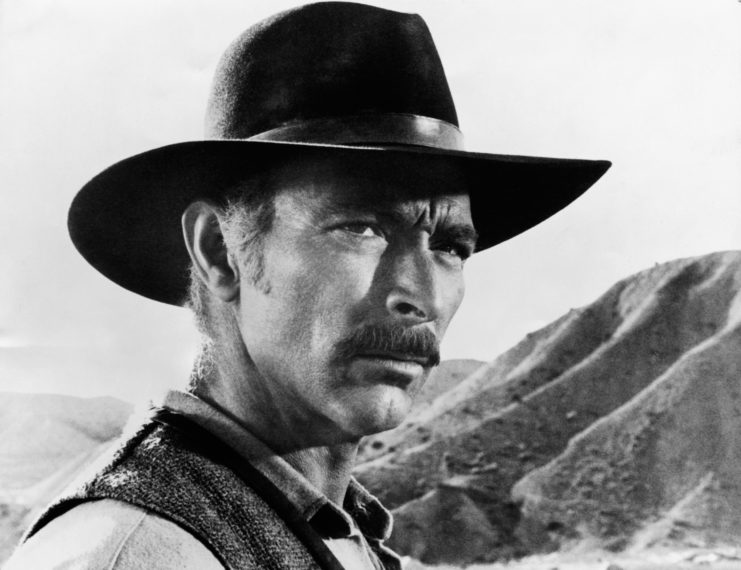
Clarence LeRoy “Lee” Van Cleef Jr. was born on January 9, 1925. Growing up in Somerville, New Jersey, he graduated from high school earlier than most, as he was eager to join the US Navy.
Beginning his training in 1942, Van Cleef was assigned to a submarine chaser and later embarked on an extended deployment aboard the minesweeper USS Incredible (AM-249). Throughout this period, he served as a sonarman, tasked with performing underwater surveillance duties.
World War II service
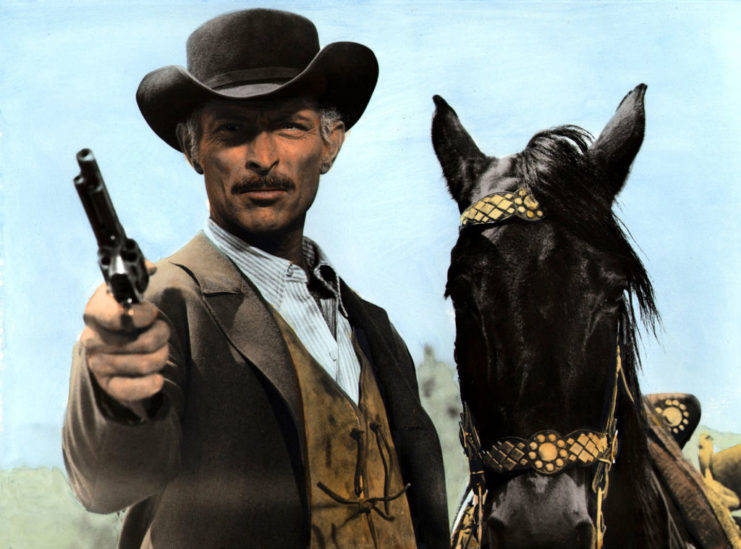
Lee Van Cleef served in the military during the Second World War, spending 10 months aboard the submarine chaser USS SC-681, tasked with tracking down German U-boats. After his assignment to the USS Incredible, he was stationed in the Caribbean before the ship was deployed to the Mediterranean. He then took part in the landings in southern France.
During one of these landings, Incredible faced intense torpedo fire from the German forces. Van Cleef’s valorous actions during this incident earned him the Bronze Star for bravery.
In January 1945, Incredible traveled to the Black Sea, conducting sweeping operations from a Soviet naval base in Sevastopol, as well as air-sea rescue patrols, before returning to Palermo, Italy. Upon his discharge in 1946, Van Cleef had reached the rank of sonarman first class, earned his mine sweeper patch and received several commendations, including the Good Conduct Medal and the World War II Victory Medal.
Lee Van Cleef’s legendary acting career
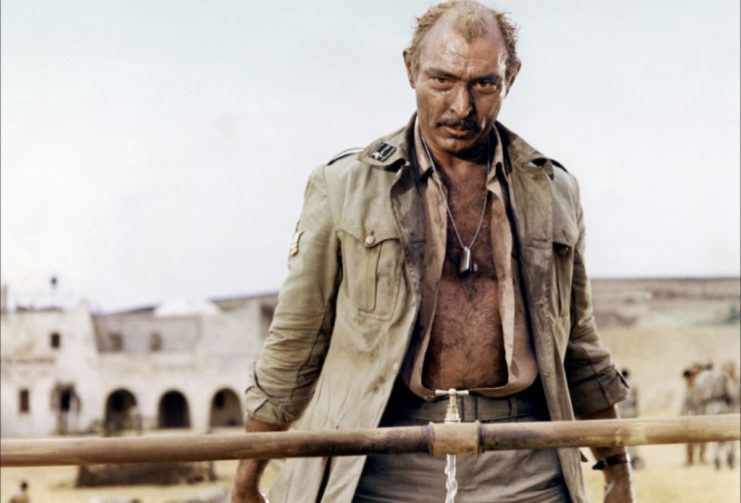
Following his time overseas, Van Cleef returned to New Jersey and participated in community theater. He worked his way up and eventually found himself in Manhattan, at the behest of a talent scout. His big break came in the 1952 American Western, High Noon. The actor was actually offered a bigger role if he got a nose job, but declined and, instead, played the villainous Jack Colby.
Van Cleef’s role in High Noon greatly influenced his career trajectory. Over the following decade, he regularly appeared in Western films, usually played the role of the villain. He also made a number of television appearances, acting on such shows as The Rifleman (1958-63) and Gunsmoke (1955-75).
A sought after actor
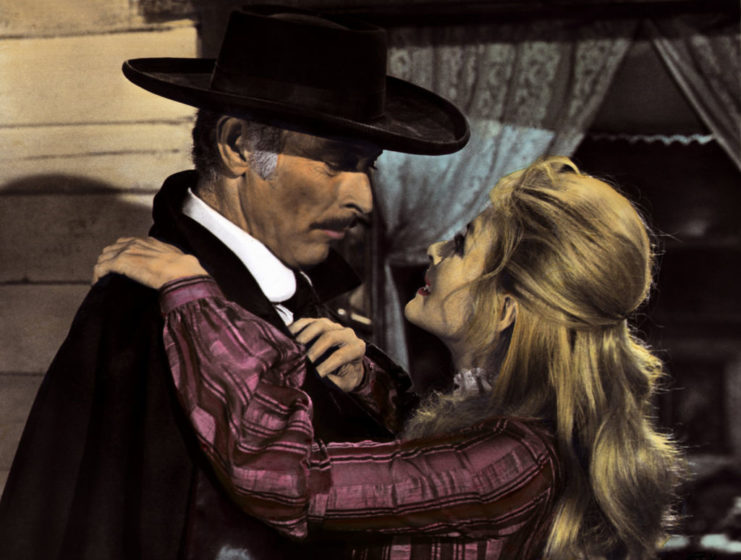
In 1965, Sergio Leone cast Lee Van Cleef as the villain in the film For a Few Dollars More. His work opposite Clint Eastwood was so good that he was cast as the villain a year later in The Good, the Bad and the Ugly.
It was the latter role that made Van Cleef a star and much sought after actor. He continued to appear in movies directed by Leone throughout the remainder of the 1960s, and also starred in such films as Death Rides a Horse (1967), Day of Anger (1967) and Sabata (1969).
Lee Van Cleef’s legacy
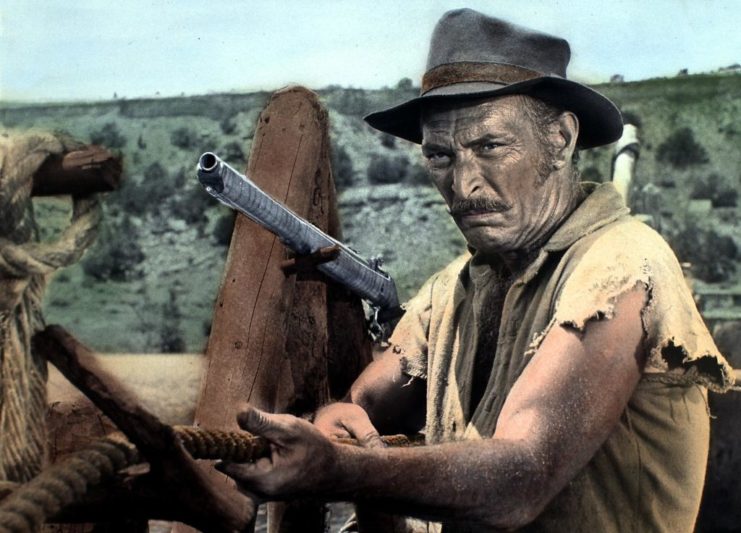
While Lee Van Cleef arguably made his biggest films during the 1960s, he kept on acting through the 1970s and ’80s. Some of his most notably movie appearances during this time included as Police Commissioner Bob Hauk in Escape from New York (1981) and as Chris Adams in The Magnificent Seven Ride (1972).
More from us: Lew Ayres: The Lead Actor In ‘All Quiet on the Western Front’ Was a Pacifist In Real Life
The US Navy hero continued to work up until the day he died, with a total of 90 move roles and 109 TV appearances under his belt. After suffering from heart disease for a decade, he passed away in December 1989, at the age of 64. The primary cause was listed as a heart attack, with throat cancer also attributed.
